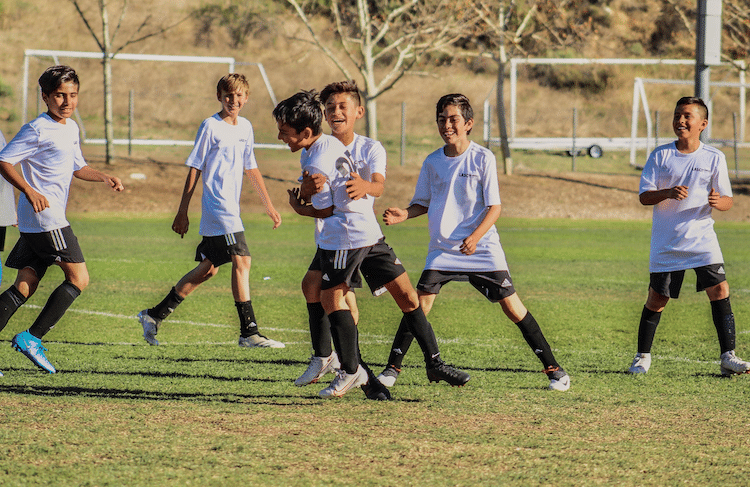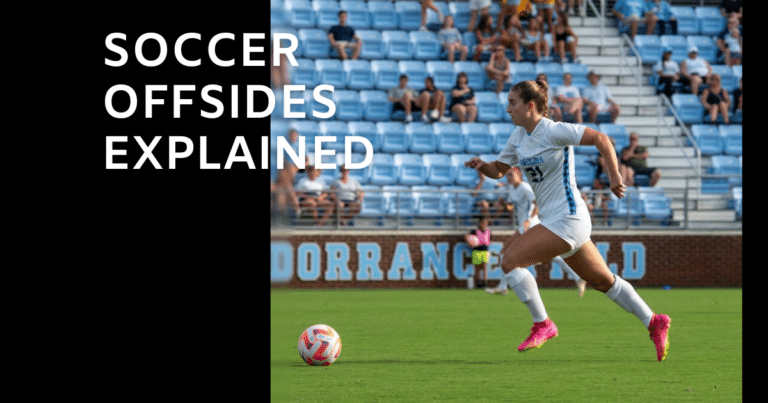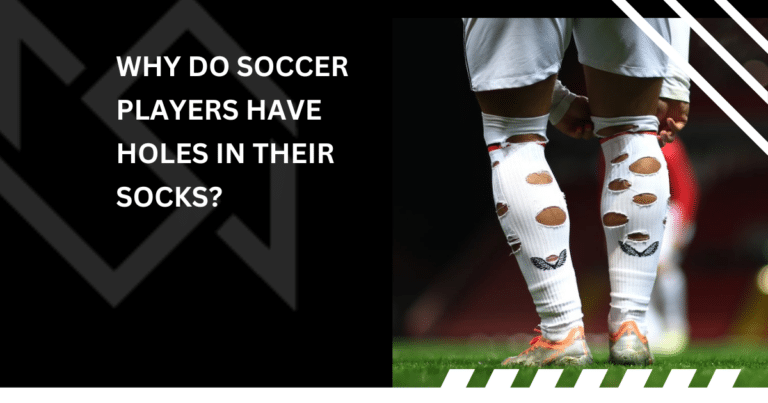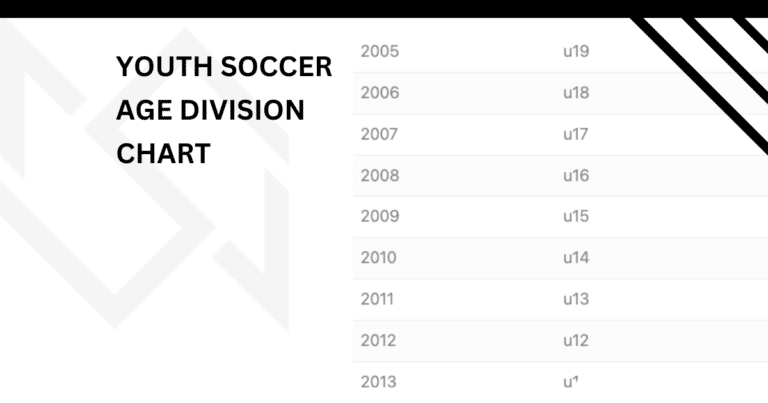Can You Fake a Penalty Kick? Here’s Your Answer.
You can fake a penalty kick (PK) in soccer but only at a certain point during your kick.
According to Law 14 of the International Football Association Board (IFAB), feinting (or faking) as the player is running up to the ball is allowed but not after the run up is completed.
In other words, you can fake and move when you run up to the ball but not when you are kicking the ball.
Key Takeaways From This Article:
- You can can’t fake the actual penalty shot but you can as you run up to it.
- I don’t recommend youth players to try faking it at any point. Not only could it be called back but you lose momentum in your shot.
- There are various methods to ‘faking’ a penalty kick (jump to section).
For youth soccer players: I recommend you DON’T fake a penalty kick. You will find more success if you place it in the corners naturally. When you fake a penalty kick, you lose momentum to strike the ball hard and accurately. Just my 2 cents!
While faking a penalty kick may seem like a clever tactic, it’s important to remember that it’s ultimately up to the referee’s discretion whether or not it’s allowed.
Let’s dive into this controversial topic some more…
What Ways Can I Legally Fake a Penalty Kick?
There are a few methods you can use to fake out the goalkeeper and increase your chances of scoring. Here are three popular techniques:
Feinting
Feinting can be done in a number of ways, such as a sudden change in direction, a fake kick, or a stutter step.
If you can make the goalkeeper think you’re going one way, then suddenly go the other, you’ll have a much better chance of scoring.
Misdirection
Misdirection involves looking one way but kicking the ball in another direction. For example, you might look like you’re going to kick the ball to the left, but then kick it to the right.
This can be done by using your body language, such as looking one way but kicking the ball in another direction.
Can You Stutter Step on a Penalty Kick?
Yes, a player can legally stutter step during a penalty kick as long as they do not stop their forward motion once they have started their approach to the ball.
If a player stops their forward motion after stutter stepping, it is considered a violation and the kick will be disallowed.
Here’s a video of Neymar’s penalty shot, notice the stutter step on the run up.
Final Thoughts

To summarize, during the run-up to a penalty kick, the kicker may make feinting movements, but they can not do it after the run-up is over.
If the referee deems the feinting is an act of unsporting behavior, the player may be cautioned or given a yellow card.
For players like Neymar, the stutter step works well. But, we are talking about one of the most skilled players on the planet.
Most youth players will be better suited to place the ball in a corner during a PK. Accuracy should be priority number one and then power behind it.
If you are ever put in a position to take a PK for your team, have confidence that it will go in. That’s 90% of the battle!







